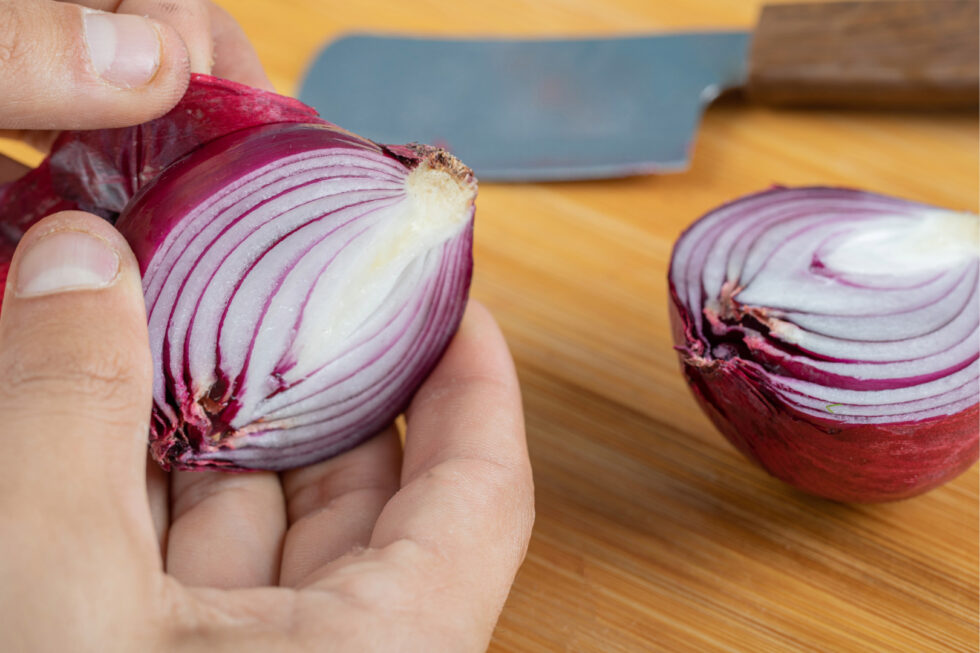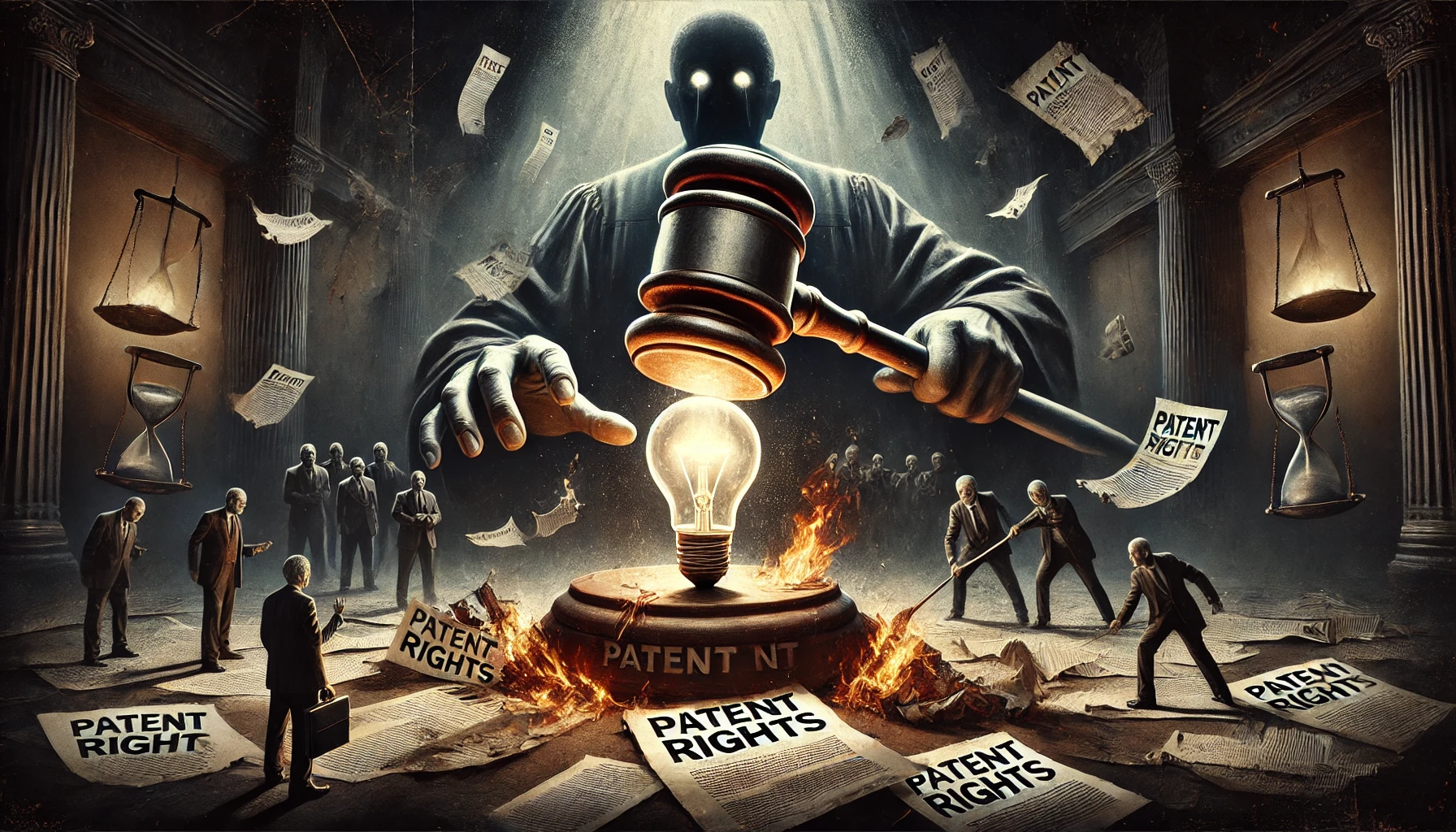
As an inventor I can’t tell you how many times I have been told by lawyers that “inventors just don’t understand patent law”. That we should not get involved.
Gosh, isn’t it strange that millions of patents have been granted in the US? That is, millions of inventors just “don’t get it” and should stick to inventing and allow the lawyers to focus on the law.
But the patent’s cover says in plain English what patent law is all about. Shouldn’t that be something that we can all understand? Why can’t we just rely on those clear words?
A Patent Gives the Inventor the Right to Exclude Others
If you have never seen the cover of a patent, it looks like a unique vintage piece of bound paper. It has a gold, embossed seal with two red ribbons, and it is signed by the Director of the U.S. Patent and Trademark Office. It makes you feel special and proud. The patent cover includes the language of the grant the U.S. Government is giving to the inventor. It reads:
“grants to the person(s) having title to this patent the right to exclude others from making, using, offering for sale, or selling the invention throughout the United States of America or importing the invention into the United States of America, and if the invention is a process, of the right to exclude others from using, offering for sale or selling throughout the United States of America, products made by that process, for the term set forth in 35 U.S.C. 154(a)(2) or (c)(1), subject to the payment of maintenance fees as provided by 35 U.S.C. 41(b).
The language of the patent grant mirrors the language recognizing patents in the US Constitution because the Founders recognized that the protection of intellectual property would foster innovation and economic growth. In fact, you can find the foundation of all patent law in Article 1, section 8, clause 8:
To promote the Progress of Science and useful Arts, by securing for limited Times to Authors and Inventors the exclusive Right to their respective Writings and Discoveries.
In other words, the Constitution itself declares that a patent is an “exclusive Right.” The right to exclude others is the foundation of patent law.
The language on the cover of issued patents represents the law that protects inventions and inventors. Investors rely on that law. This encourages them to invest their hard work and treasure into innovating, which drives the economy and improves lives.
Patents are property rights. Some of the largest companies in existence today started out in garages and relied on patents giving them exclusive right to their property, which allowed them to grow into the giant corporations they are today.
Patent Law and Onions
Understanding patent law is as easy as understanding an onion. The core of the onion is the constitution and its definition of a patent as an exclusive Right. The next layer is the law written by Congress, called statutory law. This describes how a patent is infringed and gives courts the authority to stop infringement, codifying the exclusive Right. Most of it is straightforward so anybody can understand it.
But onions have more layers, and the layers on top of the constitution and statute are judge-made laws, often called case law. Case law is often needed to close the gaps in statutory law, including when there are gaps between statute and the Constitution. Case law cannot change the Constitution or the statutory law.
Case law is tricky because there are layers of case law on top of layers of case law. Perhaps that is why lawyers tell us inventors not to get involved. If the result of the case law is to do what they say a patent does on the cover—give inventors the right to exclude—then why get involved? But if the results are not the same as the language on the patent cover granting us that right, we certainly should get involved.
Is My Patent Lying to Me?
Prior to 2006, when you exercised your patent right to exclude others, the District Court would hear your case. If you won your case, the Court would presume you were entitled to what is called injunctive relief. Injunctive relief stops the infringer from making, using, offering for sale, or selling the invention, just like the patent says you can. Injunctions were routinely granted following findings of infringement, except in very rare cases when traditional equitable principles weighed strongly against the injunction (such as in a case of a life-saving drug that was not made by anyone other than the infringer).
Imagine you are a start-up with a patented product. Some big corporation likes your invention and steals it and then, using its deep pockets and existing resources, floods the market with an infringing product. Your infringer is now selling millions of your widgets, and you are losing your company because of the difference in scale and economic power. An injunction stops their sales, and your company is saved. This is exactly how the patent tells you enforcement works.
But the Supreme Court, in a 2006 case called eBay vs. MercExchange, added a layer to the onion. This case made it nearly impossible to get an injunction even if you prove infringement because you now have to have a product on the market.
Wait? The constitution and statute both say a patent is the right to exclude others. How can the Supreme Court change that right? The answer is that they can’t, but they did. And that’s now the law.
Why doesn’t the cover of my patent explain that I can only get an injunction if I can distribute my product at the level of the infringer? This is crucial information for me to know before I invest my hard work and treasure into commercializing my invention. If I believe the patent is the law and invest everything into my company, I risk losing everything because I was misled. Many inventors have been harmed because of this misrepresentation of what a patent does.
It’s Time to Tell the Truth
Kathi Vidal, the USPTO Director, does not have the authority to mislead patent owners when granting and issuing a patent.
Why is the USPTO granting patents that misinform inventors? Don’t inventors deserve to know the truth that their patents cannot stop infringers if the infringer is bigger than they are?
US Inventor filed a lawsuit last Tuesday in Federal Court (US inventor vs. Kathi Vidal) arguing this very thing using real-life inventors’ cases to show the great harm this misrepresentation in the patent grant language has done to inventors.






While I agree the eBay case somewhat flys in the face of the concept of a patent representing a monopoly over a particular innovation, I do think the precedent set by the eBay ruling does provide satisfactory equitable relief to holders of standards essential patents while also serving the public interest. A bigger problem is all the patent trolls that attempt to enforce junk patents to extract payments from product developers by threatening injunctions. Thank God for the PTAB, even if it has some faults.
Cory, A patent is an exclusive right, not a monopoly. A monopoly is characterized by a lack of economic competition to produce the good or service, a lack of viable substitute goods. Almost never does this happen. Inventions build on things available. They enhance what is there. Also, a patent is a new invention. If the inventor does not disclose it, it cannot never be monopolized except through trade secret. a patent is also a negative right. It does not force the patent holder to produce a product. If there is no product, it cannot be monopolized.
The eBay precedent allows for infringers to holdout and never license FRAND patents. They do not have to because they can never lose the technology via injunction, so eBay has thrown a wrench into SEP negotiations driving the value of standards participant patents down.
As for “junk patents” read this so you understand what you are talking about. https://innovationgadfly.com/bad-patents-the-political-narrative-driving-pera/
American inventor I paid for a patent and made. Me think I had a patent in at end up getting a design patent and now they stole my idea of the solar lamps so what’s can I do it was a scam
HELLO ! ! It is impossible for inventors to contact US Inventors because you have not provided contact details. PLEASE PROVIDE AN EMAIL ADDRESS.
Hi Johan,
You’d have to contact US Inventor to connect with them. i’m sure you can contact them through their website at http://www.usinventor.org